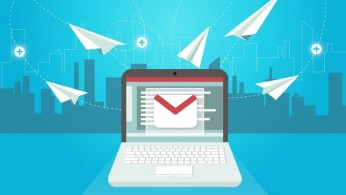You hear a lot of chatter about live videos and webinars but while these are awesome marketing tools you should not overlook the tried and true method – email marketing. It is still one of the most effective options available. Research from Litmus Resource Center shows that email generates $42 for every $1 spent, which is an astounding 4,200% ROI. Wow!
Let’s take a look at your email marketing tactics and see where you can improve.
1. Use your name in the “from address” of your email marketing campaigns. Using your business name results in fewer opens because it isn’t as friendly and personal.
2. Make it worth it for your audience to open and read your emails. Always include a surprise in every three or four emails so they get used to the idea that you may give something away in your emails that no one else is going to get. This can be something as simple as a free audio download.
email marketing headlines3. It’s all about stand-out headlines. Focus on crafting headlines that let your readers know what’s inside and why they should open without being dishonest. Your text should deliver everything your headline promises.
4. Segmentation is imperative for good email marketing because that’s the only way you can freely mention the right product, the right service, and the right topic to them at the right time. If you’re new to this tactic, read 50 Smart Ways to Segment Your Email List Like a Pro from Optin Monster.
5. Check out your competition’s email marketing list. Sign up for their freebies and watch how they do things. Don’t copy them, but do figure out how they do it, identify the gaps, and note the topics.
6. Work on building a real relationship with your email list members. Let them reply directly to the emails you send, and then answer them. They like knowing a real person is behind the emails rather than nothing at all. Check your email marketing software, many of them default to a generic reply to address. You can change this for each email.
Read more: 11 Ways to Increase Your Email Marketing Response Rates









